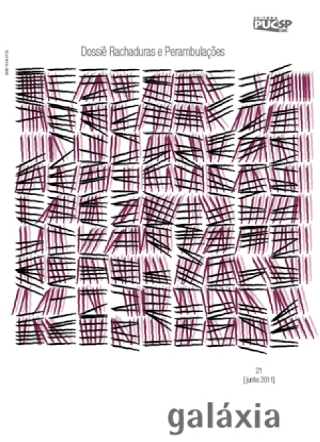Otherness tricks in the cubicle: an analysis of the confinement device in Ten, by Abbas Kiarostami
Keywords:
Ten, Kiarostami, neo-realism, confinement deviceAbstract
If there is a matrix in Kiarostami’s work at all, it is mainly characterized by following men and children roaming. Such pattern reveals a deep aspect of his relationship with Modern Cinema: neo-realism, Nouvelle Vague, and Cinema Novo, have always looked at ramblers and their rambles through wide and empty spaces, through cities, or through barren deserts. In Ten (Iran, 2002), this matrix is condensed in a radical way. As a manifest of a contemporary regard of men and women’s presence in the world, the documentary trace that characterizes the film device is the same one that confines the spectator into Mania’s car and her everyday routes around the streets of Teheran. However, to what extent does the cubicle space of the car, that imposes an excessive control over shooting procedures, also allows the manifestation of ordinary life, which is so important to Modern Cinema?Downloads
Published
2011-07-07
How to Cite
Veiga, R. O. (2011). Otherness tricks in the cubicle: an analysis of the confinement device in Ten, by Abbas Kiarostami. Galaxia, (21). Retrieved from https://revistas.pucsp.br/index.php/galaxia/article/view/5393
Issue
Section
Dossiê | Dossier
License
I cede the copyrights to publication of my article to Galaxia journal and will consult the journal’s scientific editor should I decide to republish it later in a book.



 Este obra está licenciada com uma Licença
Este obra está licenciada com uma Licença 